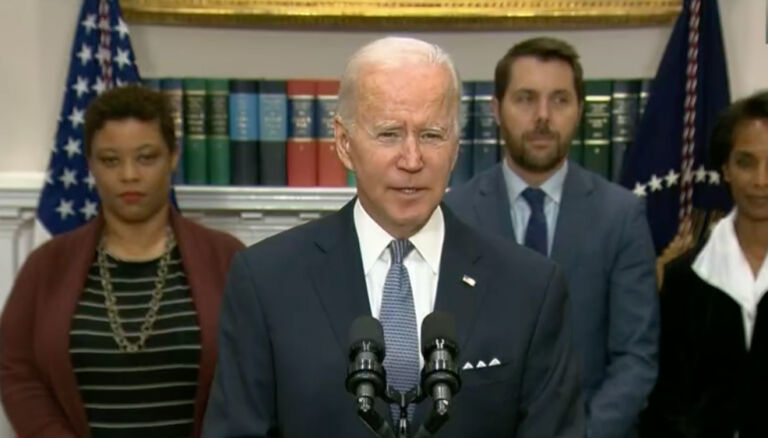Editors at National Review Online ponder the president’s latest policy toward communist China.
Joe Biden’s announcement of new China tariffs is only the latest example of two trends in the Biden administration: talking tough on China but not following it up with meaningful policy, and bending over backward to appease organized labor.
Taxes will increase on imported steel, semiconductors, and electric vehicles and battery materials from China. The tariffs are being justified under the federal law that allows the president to respond to other countries’ unfair trade practices.
The White House says the tariffs will cover $18 billion worth of goods combined. That’s not nothing, but for perspective, $18 billion is equal to 4 percent of total U.S. imports of goods from China last year. Biden’s claims to be protecting American workers and businesses in general with such actions are hard to take seriously.
Instead, he’s protecting a few industries that are already closely tied with government. The steel industry is the largest beneficiary of protectionist policy, spending millions on lobbying to keep it that way, and Biden’s latest move is just more of the same. American businesses pay some of the highest prices in the world for steel, driving up costs for the customers of all the goods made with that basic metal.
The semiconductor industry is already set to be on the receiving end of billions in corporate welfare through the CHIPS Act and other federal efforts. Despite the act’s having been passed almost two years ago, nearly all the money from that law — justified as a national-security priority — has yet to be distributed, and projects that are already under way have been hamstrung with new regulations and have had a difficult time finding qualified workers. But more government favors will surely right the ship.
Especially since the industry bailouts during the financial crisis, the automobile industry has been very comfortable as a lap dog for government, cheering for more regulations on emissions standards and the “energy transition.”


